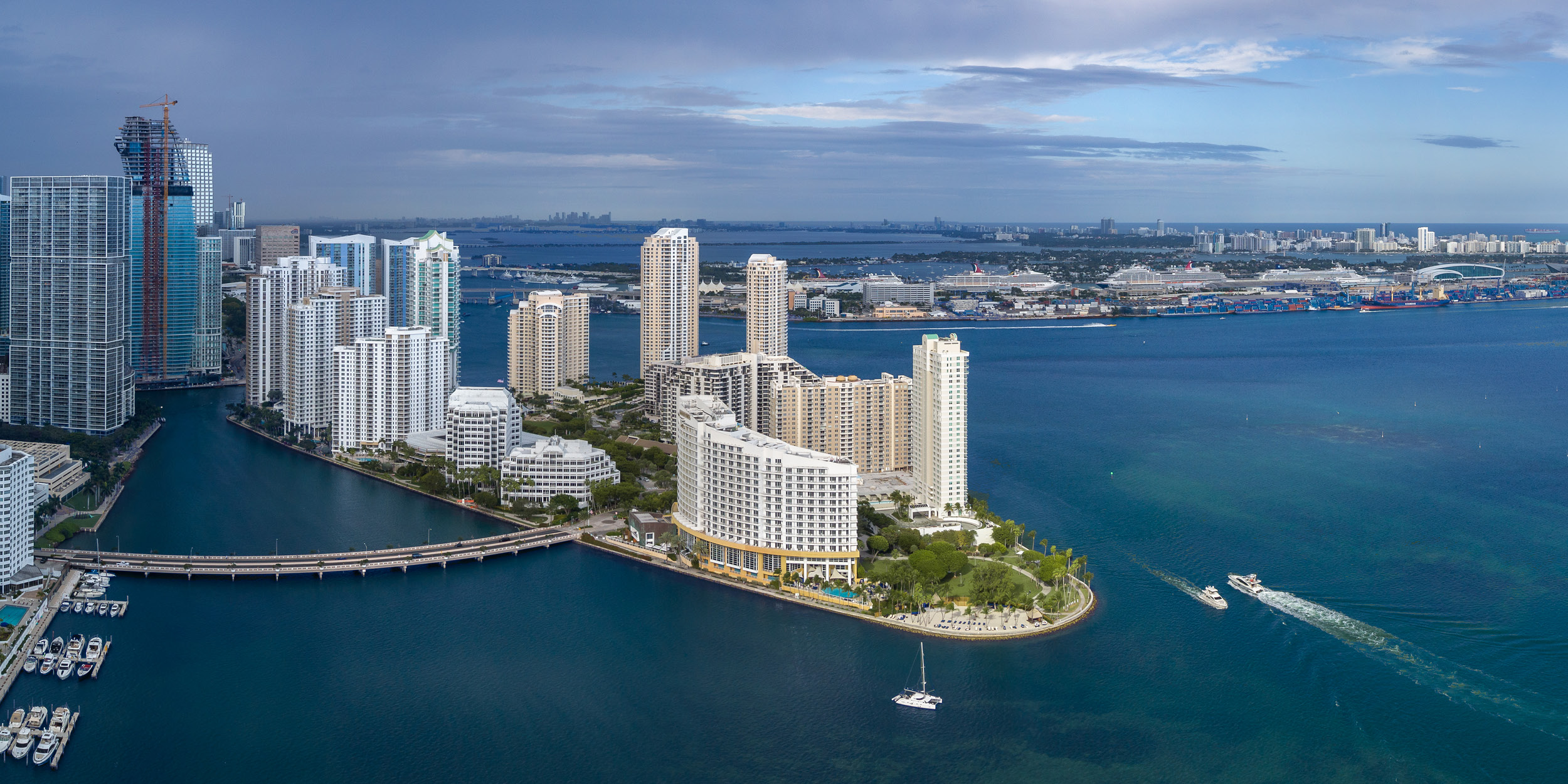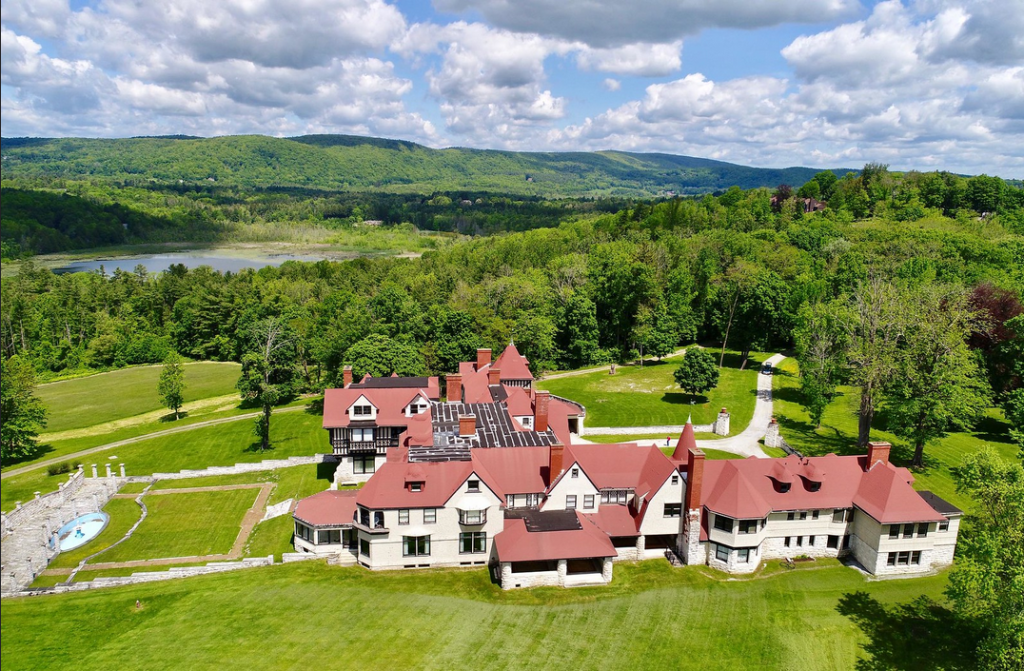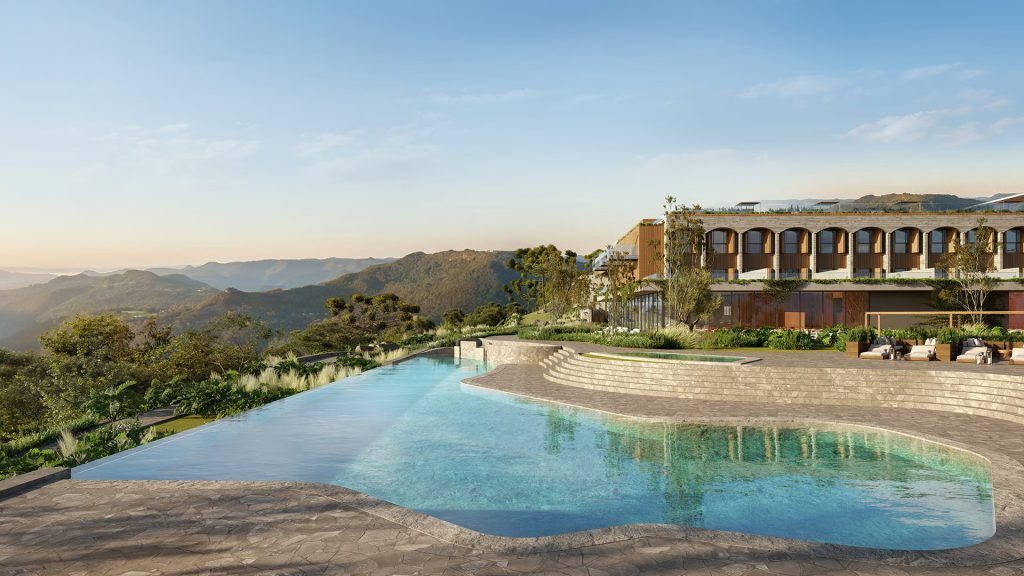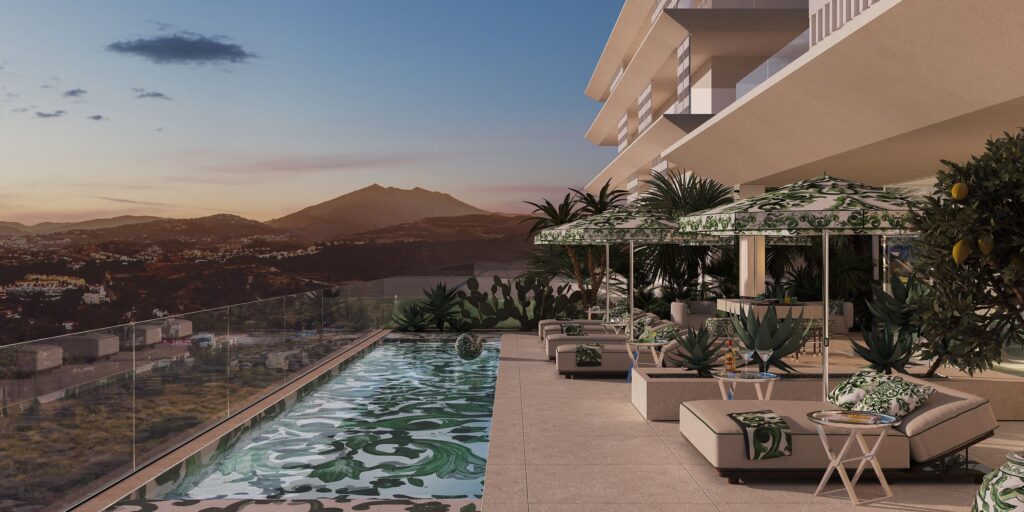From discarded dredge to Miami’s most exclusive enclave, Brickell Key’s century-long transformation culminates with The Residences at Mandarin Oriental, Miami—a private island retreat where urban energy meets serene waterfront living, shaped by visionary women and Swire Properties’ four-decade master plan.












